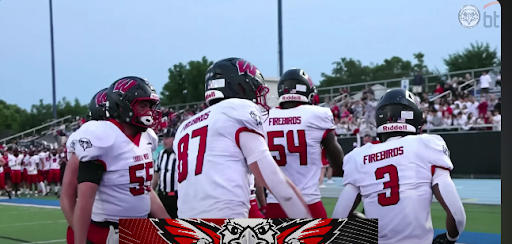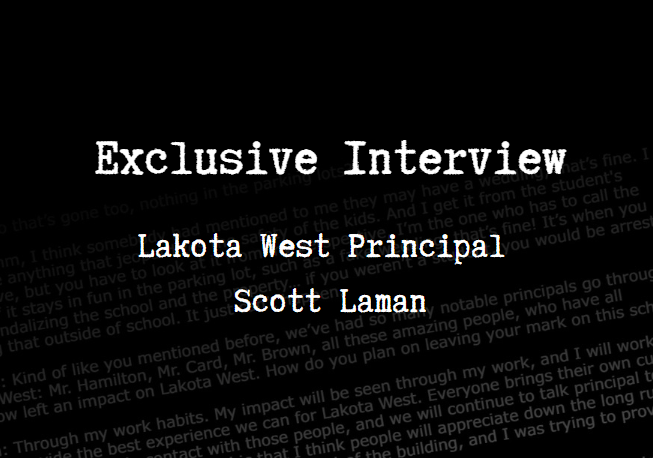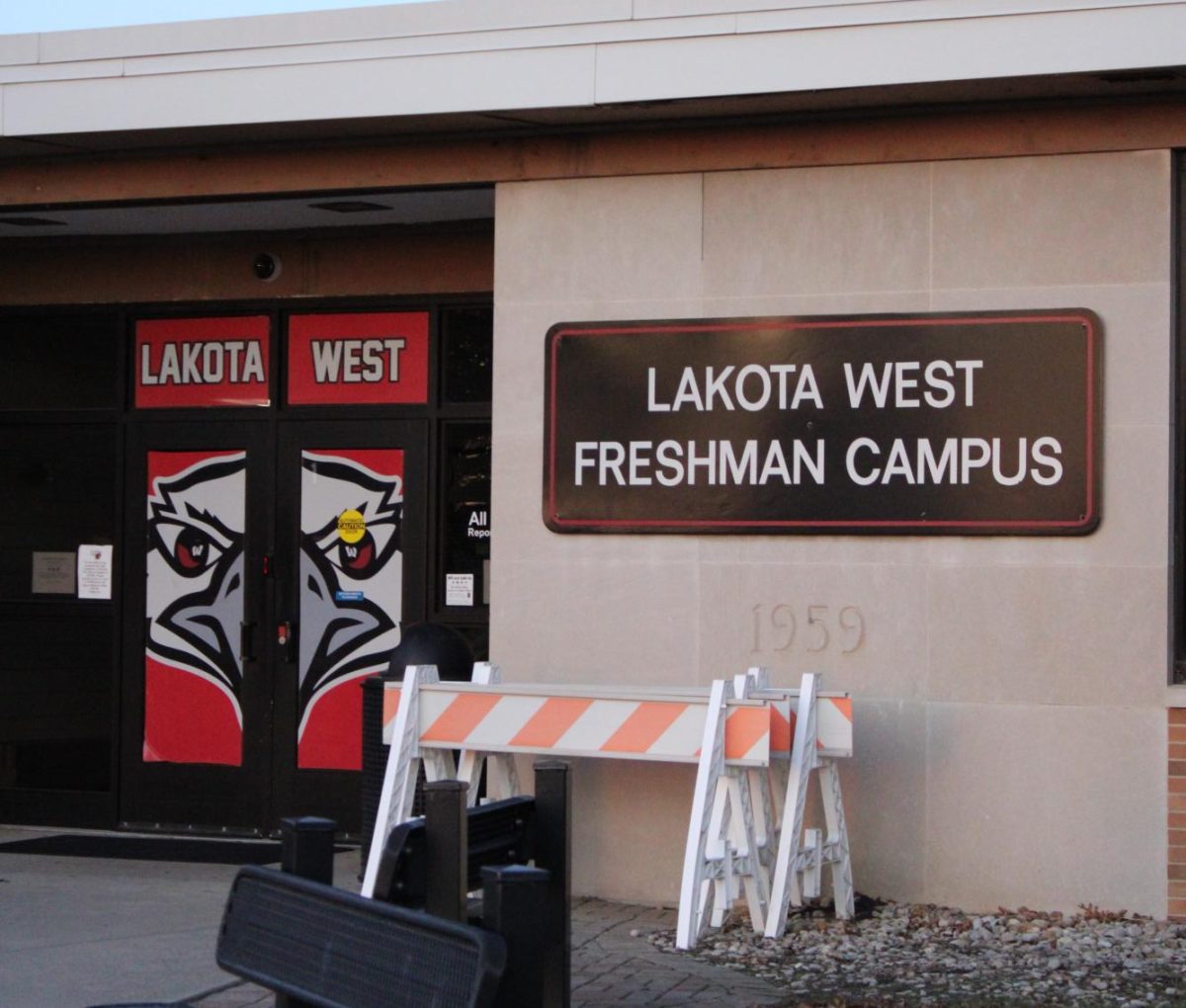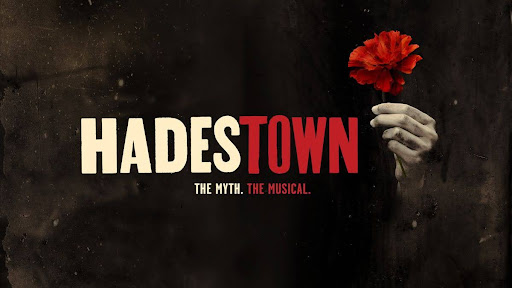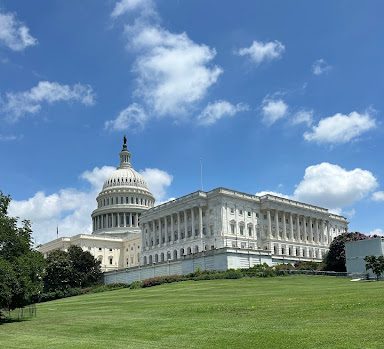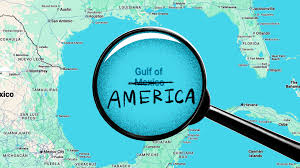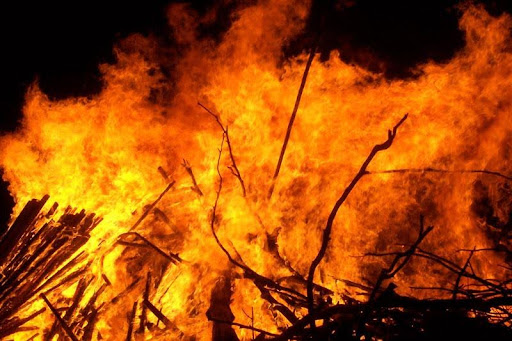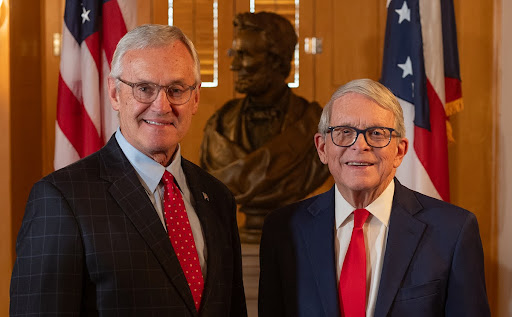On Monday, April 8th, millions across North America were able to experience the Great North American Eclipse 2024, with millions of sightseers traveling to the path of totality to experience the incredibly rare phenomenon. Starting its route in Texas, the total eclipse worked its way northeast, passing through major cities such as Dallas, Indianapolis, Cleveland, Buffalo, and Montreal. All 48 mainland states were able to see some portion of the eclipse, with states such as Oregon and Washington seeing as little as 20% of the full eclipse. The total eclipse would start in the US at 1:35 pm CT, and end in Maine at 3:35 pm ET.
The sky-altering experience, although often perceived otherwise, is immensely rare. The next time a total eclipse will occur in Ohio won’t be until September 14th, 2099, with the nearest eclipse in 2044 will only be visible to 3 states (Montana, North Dakota, and South Dakota). Ohio has only experienced 3 eclipses in the last century-and-a-half: an Annular Eclipse in 1994, a Partial Eclipse in 2017, and the most recent eclipse on April 8th, 2024. In 2093, Ohio will experience an Annular Eclipse, with 2099’s total eclipse following.
Predictions for travelers entering Ohio for the astronomical occasion ranged from 139,000 all the way to 556,000 people, with over seven million Ohioans already in the path of totality. If you were to view to eclipse from Marion, OH, or Cleveland, OH, your view of the total eclipse would last for nearly 4 minutes, with locations close to the edges, such as Hamilton, OH, or Toledo, OH, only seeing it for roughly 2 minutes.
To celebrate the occasion, almost 2 dozen couples said their “I do’s” during the total eclipse at Trenton Park in Butler County, with some simply renewing their vows to get in on the fun.
Although the moon took/covered the spotlight, the absence of the sun had a stunning effect on the world around viewers. Stars became clear throughout the sky, as streetlights and car lights began to turn on. Viewers described the night as being “dimmed like the brightness on your phone” or “turning down the exposure” of an image. It was also suggested that some animals would start their nighttime routines early, leaving viewers who were in a quiet environment a feast of insects and birds waking up from a (shortened) day of sleep.


